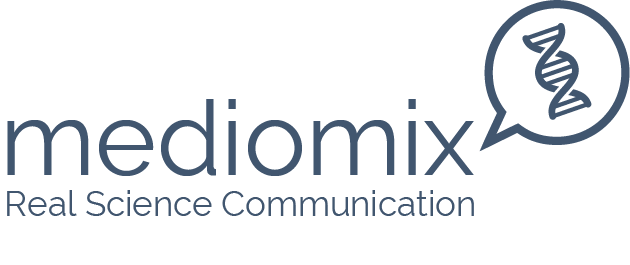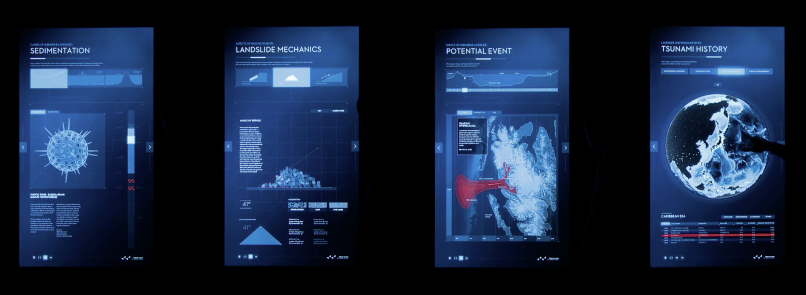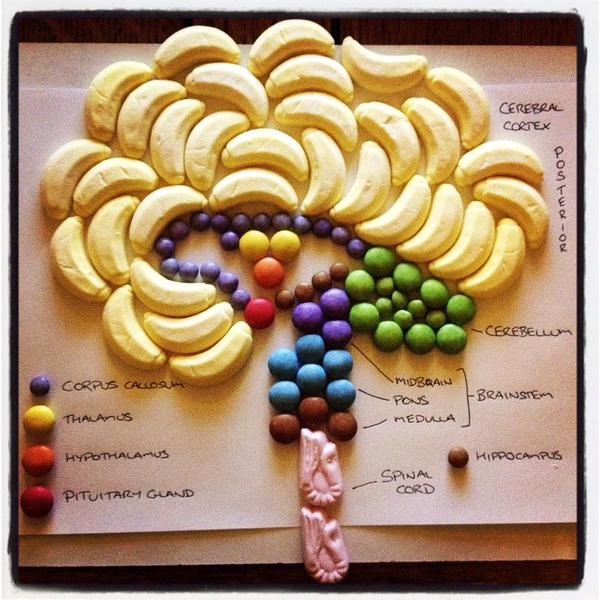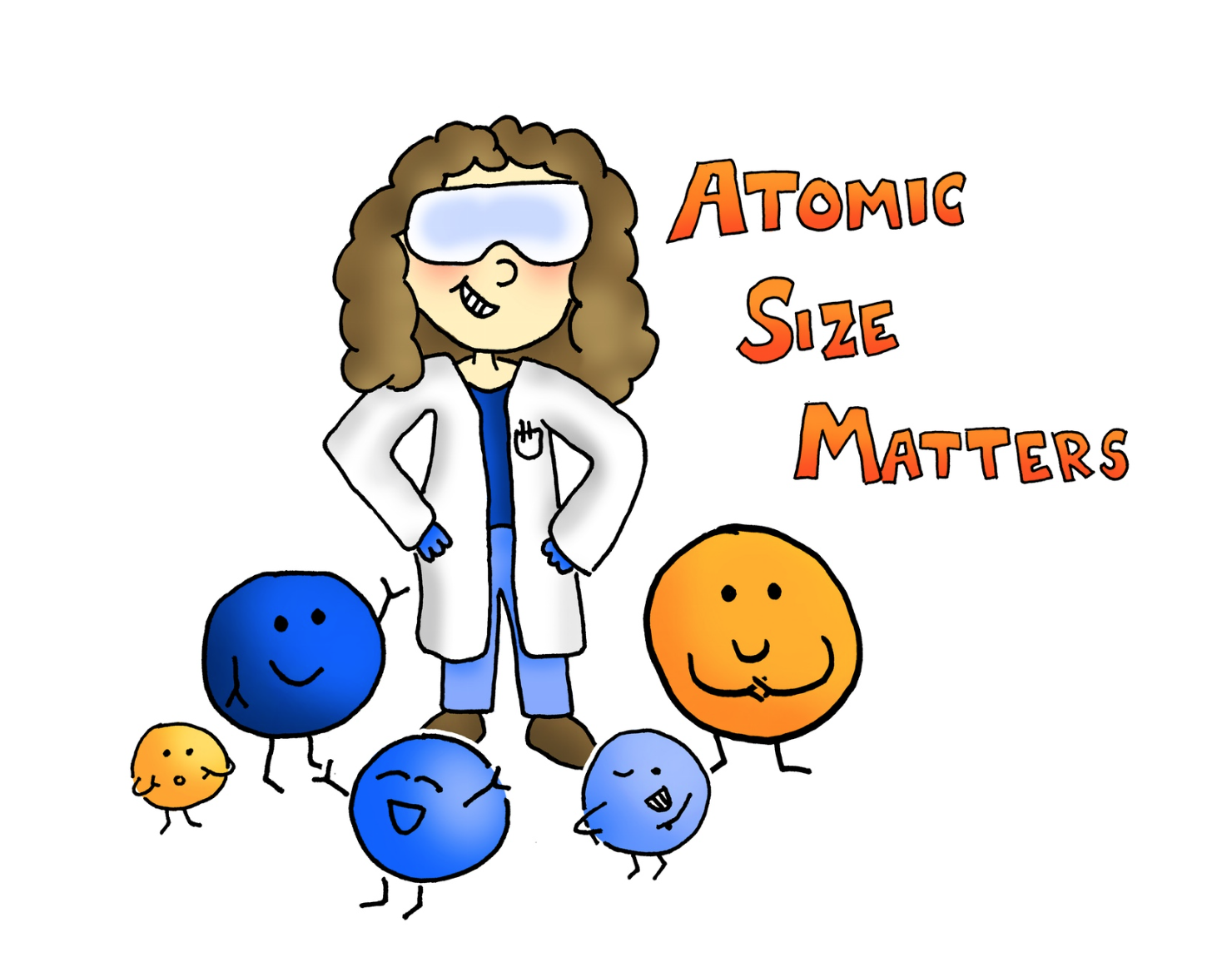Posts

How science communication agencies like Mediomix can enlarge the outreach of your research
Mediomix (www.mediomix.de) helps to improve the outreach of your scientific research. Here, the founder Dennis Fink explains why scientists need to use the services of scicomm agencies.
As the sheer amount of scientific research is increasing,…

German design team creates “Next Generation Scientific Poster”
The scientific poster is a format in huge need of a makeover when it comes to information design, user interaction and technology. All these three aspects are addressed by the “Next Generation Scientific Poster” project by The Muthesius Academy of Fine Arts and Design in Kiel, Germany.

Inadequate Data Visualization Leaves Patients Undereducated
Data visualization is becoming more widely used in patient care but there is still work to be done. In this article, The New York based medical illustrator Amanda Montañez–explains why this area merits more investment than it currently…

The (non-)necessity of PowerPoint – a personal reflection
I am a traveling student who has seen a lot of PowerPoint and Prezi presentations at many universities in different countries. Here is my message: in many cases, they were not necessary to make! Let me explain why.

Med school candyman plays around with body parts
Mike McCormick, a 2nd year Medical Student at the University of Glasgow, started to play around with candy to learn anatomy, shared some stuff with his friends – and soon had thousands of followers.

Designing better graphs, part 2: Bar charts — simple but effective
In science, engineering and health communication data are often displayed through charts. The choice of the graphic form is far from rigid. For example, to show a percentage one can use both a pie chart and a bar chart. The choice depends on…

Atomic Size Matters–a doctoral thesis in comic book format
Atomic Size Matters (probably) represents the first doctoral thesis ever which is presented in a special comic book version. Veronica Berns, structural chemist from University of Wisconsin-Madison, wanted to make sure that her family and friends understood her research about quasicrystals.

